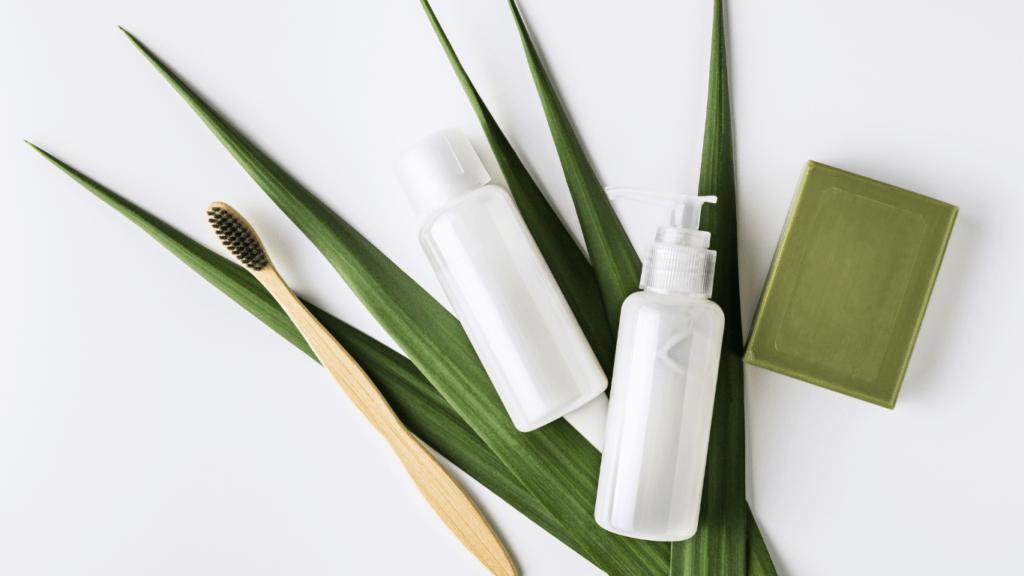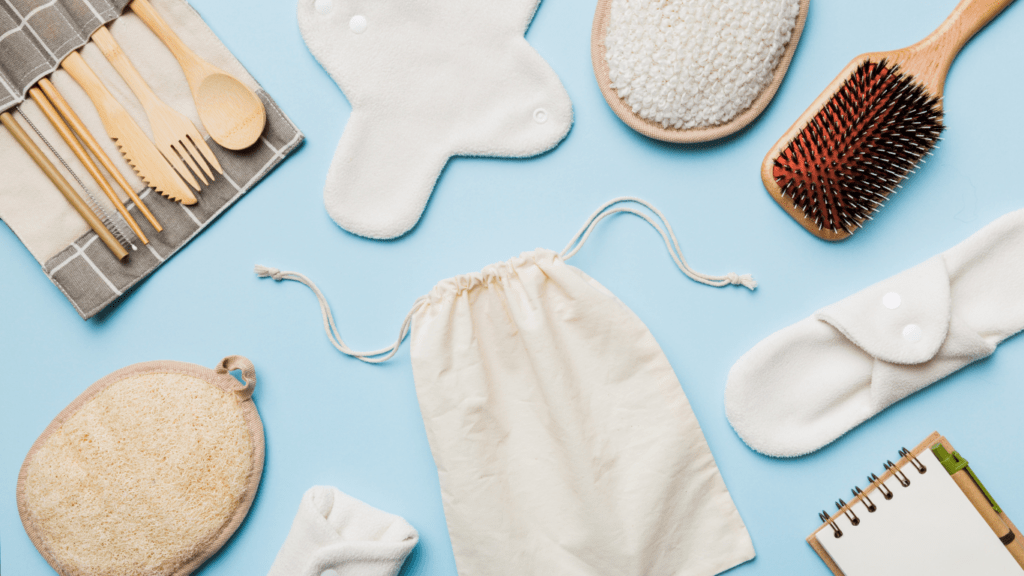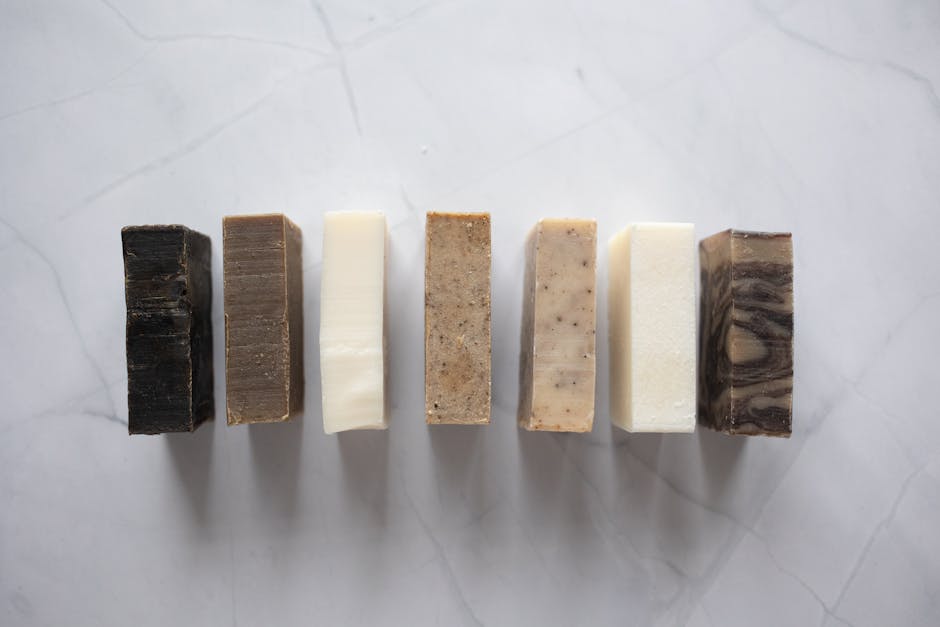Understanding Zero-Waste Beauty
Zero-waste beauty prioritizes minimizing waste through sustainable practices. It focuses on eco-friendly packaging and natural ingredients.
What Is Zero-Waste Beauty?
Zero-waste beauty involves reducing waste generated by beauty products. Brands opting for this path use refillable containers, biodegradable packaging, and natural ingredients. The aim is to create minimal environmental impact without compromising product quality.
Why Is It Gaining Popularity?
Zero-waste beauty gains popularity due to rising environmental consciousness. Consumers favor brands that promote sustainability and reduce plastic use.
These brands often highlight their commitment to eco-friendly practices, appealing to those who seek a greener lifestyle. Demand for natural ingredients and biodegradable packaging also drives this trend.
Key Benefits of Zero-Waste Beauty Products

Zero-waste beauty products offer numerous advantages, aligning with sustainable and eco-friendly practices.
Environmental Impact
Zero-waste beauty products significantly reduce environmental impact.
- Traditional beauty products often come with plastic packaging that contributes to pollution.
- Zero-waste alternatives use materials like glass, metal, or compostable paper.
- These materials are biodegradable and recyclable, decreasing the waste that ends up in landfills.
- Brands that adopt refillable containers further cut down on packaging waste.
For instance, a company offering refillable lipstick tubes minimizes the need for single-use plastics.
According to a 2018 report by the Ellen MacArthur Foundation, the beauty sector generates over 120 billion units of packaging annually. Zero-waste products aim to lower this number by focusing on sustainable materials and reducing single-use elements.
Health Benefits
Zero-waste beauty products often use natural ingredients, which offer health benefits. These products usually contain fewer synthetic chemicals, reducing the risk of skin irritations and allergic reactions.
For example, a zero-waste shampoo bar made from organic ingredients can be gentler on the scalp than traditional shampoos containing sulfates. Many zero-waste beauty items are free from parabens, phthalates, and other potentially harmful substances.
These cleaner formulations not only benefit the skin but can also be better for overall health.
The Environmental Working Group (EWG) highlights that many conventional beauty products have ingredients linked to health issues, reinforcing the benefits of choosing zero-waste options.
Challenges in Adopting Zero-Waste Beauty
Adopting zero-waste beauty presents several challenges, impacting product availability, cost, and broader consumer behavior.
Product Availability
Zero-waste beauty products remain limited in many markets. While major cities might host several stores offering eco-friendly options, rural or less urbanized areas often lack access.
Online platforms such as Package Free Shop and EarthHero provide some relief but don’t entirely bridge the gap in immediate availability. Existing brands like Lush and Ethique lead the way, yet their reach isn’t universal.
Cost Implications
Zero-waste beauty products often carry a higher price tag. Sustainable sourcing, biodegradable packaging, and eco-friendly materials elevate production costs.
Brands like BYBI and Tata Harper reflect these expenses in their pricing. For many consumers, higher upfront costs can be a significant barrier, despite potential long-term savings through refillable options and multi-use products.
Financial constraints and budget priorities might deter some from transitioning fully to zero-waste beauty solutions.
How to Transition to Zero-Waste Beauty
Transitioning to zero-waste beauty promotes sustainable practices in your personal care routine. You can take several steps to reduce waste and make more eco-friendly choices.
Identifying Zero-Waste Products
First, look for beauty products with minimal packaging. Choose items in compostable or recyclable materials. Brands like Lush offer products with no packaging at all, such as shampoo bars.
Check for labels that indicate the product’s packaging is biodegradable or made from recycled materials.
Next, consider the ingredients. Opt for products with natural, organic ingredients and avoid those with synthetic chemicals. Brands like Ethique focus on using sustainably sourced ingredients that are gentle on both your skin and the environment.
It’s also important to support brands committed to sustainability. Look for companies that offer refillable containers, which can save significant plastic waste over time. For instance, brands like Kjaer Weis have refillable makeup products to minimize packaging waste.
DIY Zero-Waste Beauty Solutions
Creating your own beauty products at home can drastically reduce waste.
DIY solutions often use simple, natural ingredients already in your kitchen, eliminating the need for excessive packaging.
Start with basic recipes. For example, a face scrub can be made using coffee grounds and coconut oil. This not only repurposes waste but also reduces the need for store-bought products.
Homemade skincare products like facial masks, hair treatments, and cleansers can be made using ingredients like:
- honey
- oatmeal
- avocado
These ingredients are not only effective but also free from harmful synthetic chemicals.
Experiment with different recipes to find what works best for your skin type. Keeping a journal of recipes and their effects can help refine your DIY routine, ensuring optimal results with minimal waste.




